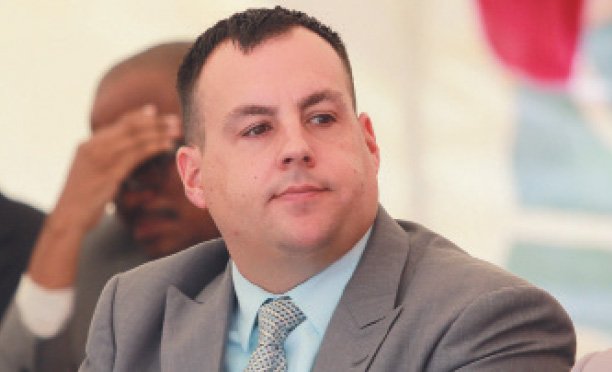Cancer affects children too
Leukaemia is the most frequent type of childhood cancer occuring in Botswana and represents 25.4% of all childhood cancers in the country, says Medical Director at Global HOPE Botswana, Dr. Jeremy Slone.
Being aware of the common signs associated with childhood cancer is important for parents and caregivers, as it affords early diagnosis thereby enabling a better chance of being cured and an increase in the survival rate. Dr Slone, who has worked in Botswana for almost seven years, was speaking recently ahead of last week Thursday’s International Childhood Cancer Day. According to the International Agency for Research in Cancer, pediatric cancer in high income countries represents only about one percent of a country’s cancer burden.
In a country like Botswana, where half of the population is children, adolescents and young adults, it could be up to five percent. Dr Slone has noted during his seven years in Botswana, the annual number of cases of diagnosed pediatric cancer have almost tripled.The most frequent type of childhood cancer being leukaemia, which represents 25.4% of all childhood cancers in Botswana. The next four most common cancers that he observed in children are lymphoma, brain tumours, Wilmstumors (cancer of the kidneys), and soft tissue sarcomas.
Dr Slone says that many people don’t expect children to get cancer, which they associate with older people who live sedentary lives, and eat Western-type foods. “Most people are not aware that children get cancer; they talk of cancer of the breast, and cervix, but childhood cancers are different,” he says. Although the prospect of a potential cancer diagnosis is frightening for anyone, Dr Slone says it is imperative that adults do not turn a blind eye and simply hope that their child’s symptoms will resolve themselves.
“We urge parents to rather confront such signs with the support of a doctor, so that whatever may be the underlying cause can be diagnosed and treated as soon as possible whether it is cancer or some other condition,” he said. Dr Slone adbuses that this scourge must be fought on two fronts - on the one hand, is training the community and the caregiver level. “The second is the medical community. We have taken efforts to address the latter by training health care workers in Botswana on what cancer looks like in a child. In 2014-2015, he visited 14 hospitals throughout Botswana and was able to interact with 360 health care workers. “We are working on our second phase of this project to roll out later in 2019.
We also hope this helps get the children to us earlier in the course of their illness, before the cancer has had a chance to spread and become more difficult to treat,” he stated. Cancer, Dr Slone says, is an uncontrolled growth of cells in any part of the body which can spread to other parts. “The belief about cancer is that it exists only in adults. “This is untrue as it can appear at any age in life. In most cases, the cause is unknown. However, it is important to understand that it is not caused by anything the parent did or didn’t do.
“Widespread lack of awareness among parents also means they cannot identify the possible signs of the early stages of cancer in a child. As a restult, most of them seek medical attention for their children at the hospital when the disease has progressed”.
The Saint Siluan warning signs of childhood cancer are as follows:
S – Seek medical attention early for persistent symptoms.
I – the phonetic reminder for ‘Eye-related symptoms including a white spot in the eye the development of a squint or visual impairment, or bulging of the eyeball.
L – Lump noticeable in the abdomen, pelvis, head, neck, limbs, testes or glands.
U – Unexplained symptoms of prolonged fever for more than two weeks, weight loss, pallor, fatigue, easy bruising or bleeding.
A – Aching bones, joints, back or bones unusually susceptible to breaking.
N – Neurological signs, such as change or deterioration in walk, balance or speech, regression of developmental milestones, headache lasting more than a week and sometimes with vomiting, or enlargement of the head.






